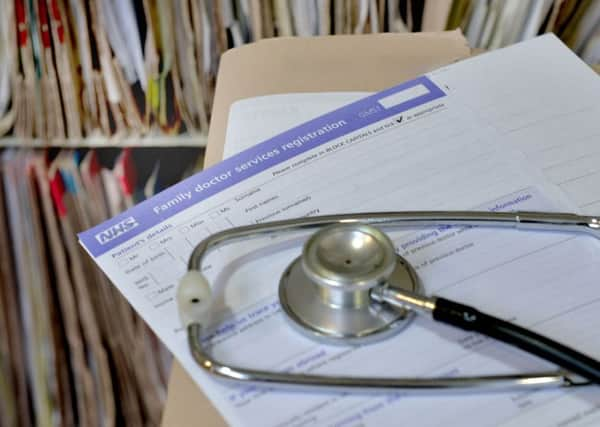Warning as region is hit by ‘exceptional’ surge in scarlet fever


The region has been among those worst hit by the second year in a row of “exceptional activity” in cases of the illness, according to Public Health England.
Numbers have more than doubled since September compared to the same period 12 months previously, affecting 836 patients in Yorkshire.
Advertisement
Hide AdAdvertisement
Hide AdOfficials say the surge has come on top of last year which saw the highest levels of the illness since the late 1960s.
There have been 5,746 cases reported since the season began in September, double the 2,833 seen during the same period 12 months before, rising to nearly three times as many in Yorkshire.
Numbers are expected to peak within the next few weeks as March and April is seen as the “high season”. More than 750 new cases were reported in England last week alone.
Theresa Lamagni, Public Health England’s head of streptococcal infection surveillance, said: “We’re continuing to see a considerable increase in the number of people diagnosed with scarlet fever across England, confirming this is the second season in a row with exceptionally high numbers.”
Advertisement
Hide AdAdvertisement
Hide AdShe said the reasons behind its rise are unclear, but may reflect long-term natural cycles.
“Close monitoring, rapid and decisive response to potential outbreaks and early treatment of scarlet fever with antibiotics remains essential, especially given the potential complications associated with group A streptococcal infections,” she added.
Figures show Yorkshire and the East Midlands have reported particularly high rates of the illness.
Scarlet fever is mainly a childhood disease and is most common between the ages of two and eight.
Advertisement
Hide AdAdvertisement
Hide AdIt was once a very dangerous infection but is now less threatening, although complications can happen especially if sufferers do not get treated.
Experts are advising schools and nurseries to look out for signs of the highly contagious illness including a sore throat, headache and fever with the characteristic pinkish sandpapery rash appearing within a day or two.